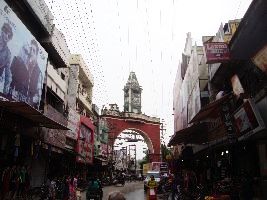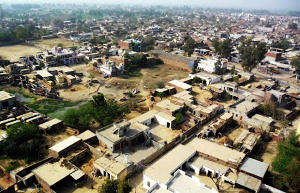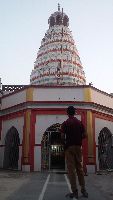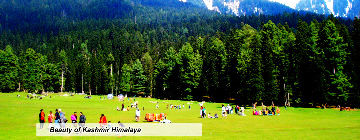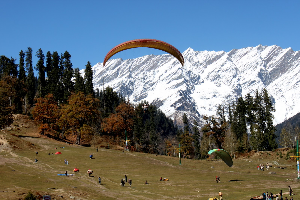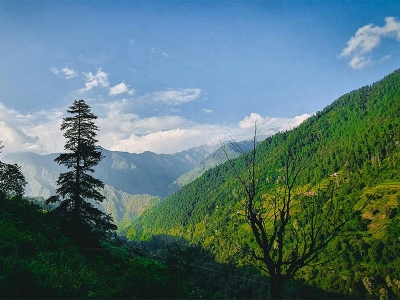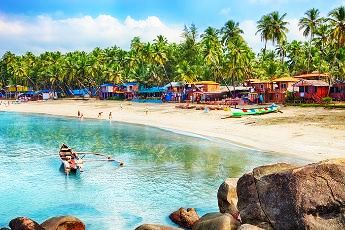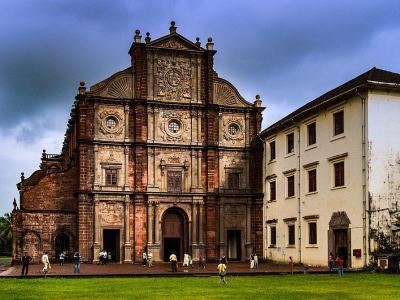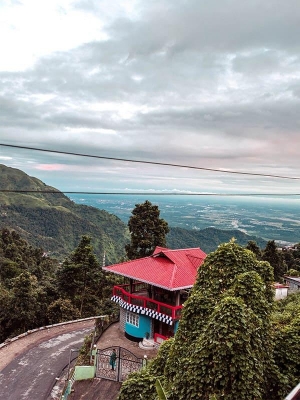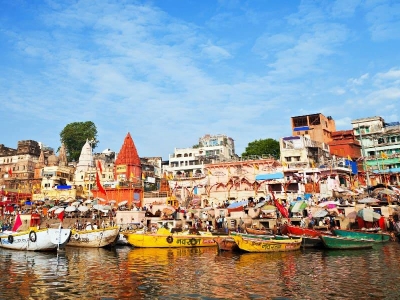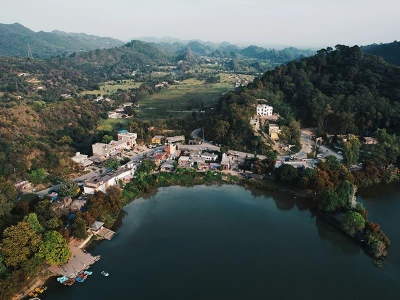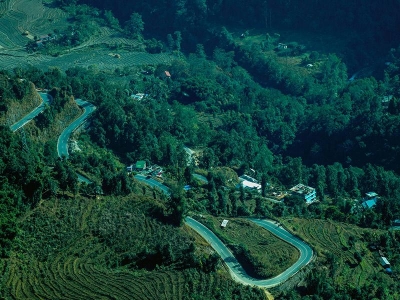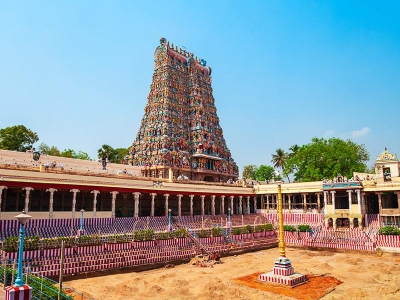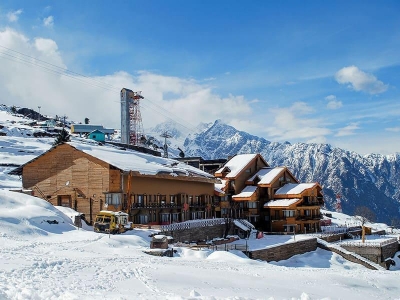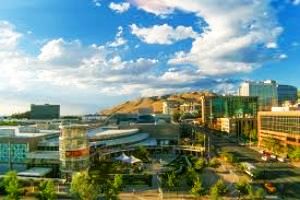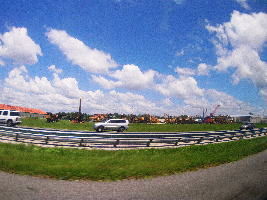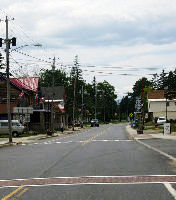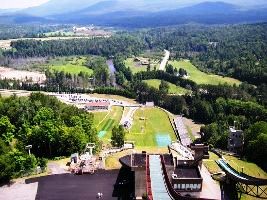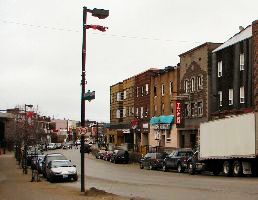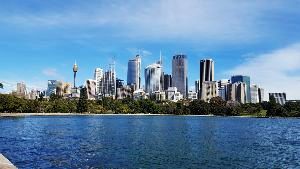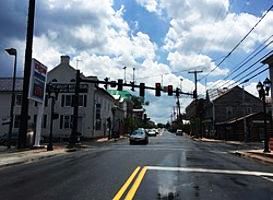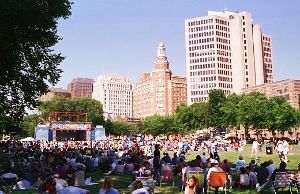Places to visit in Punjab
Things to do
Packages
Ideal Days
Best time to visit
Q&As
About Amritsar
Nothing conjures up the image of Amritsar more than the spectacle of the resplendent Golden Temple, rising into the sky, reflected in the shimmering water below. The holiest of Sikh religious monuments are located here, in the city deeply intertwined with the Sikh faith.
The city is believed to have been founded by Guru Ram Das, the fourth Sikh Guru, also giving it the name of Ramdaspur. But the city is even associated with an older Hindu tradition, and is believed to be site of the sage Valmiki’s ashram.
More recently, its location just 28 kilometers from the Indo-Pakistan border put it at the heart of the events during the partition of India and Pakistan. It is a past that Amritsar has never forgotten. In no other city in the country is there such a poignant retelling of India’s struggle for independence and the deep pain inflicted through its partition. Yet, alongside this, the city also remains one of the proud flagbearers of the culture of the undivided Punjab.
Today, the city stands at the curious juxtaposition of tradition and modernity. The Old City is the custodian of its history while the new city burgeons and expands in its periphery. Time stands still in Amritsar. But all things also come together in this holiest of Sikh cities.
WHAT TO SEE
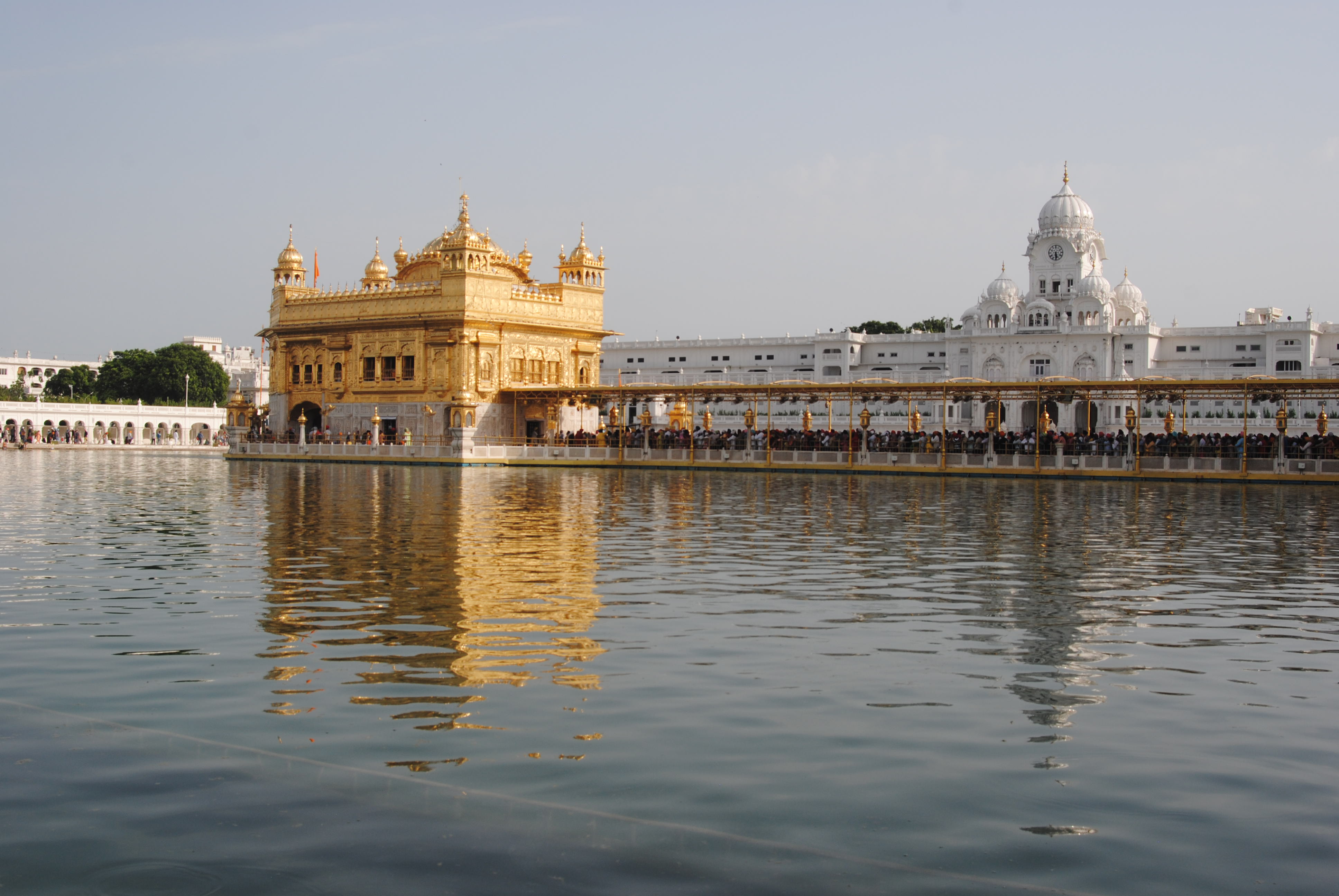
Our Tip: You can visit the Golden Temple directly from the airport. A free bus service connects the airport and the temple. We recommend you give a day to the temple. To be experienced completely, it needs to be seen in different lights — at dawn, dusk, and night. Don’t forget to partake of the free langar at the temple. It’s part of what makes the temple unique. Finally, while the Golden Temple is open to all religions, you need to be suitably attired. Both men and women must cover their heads.
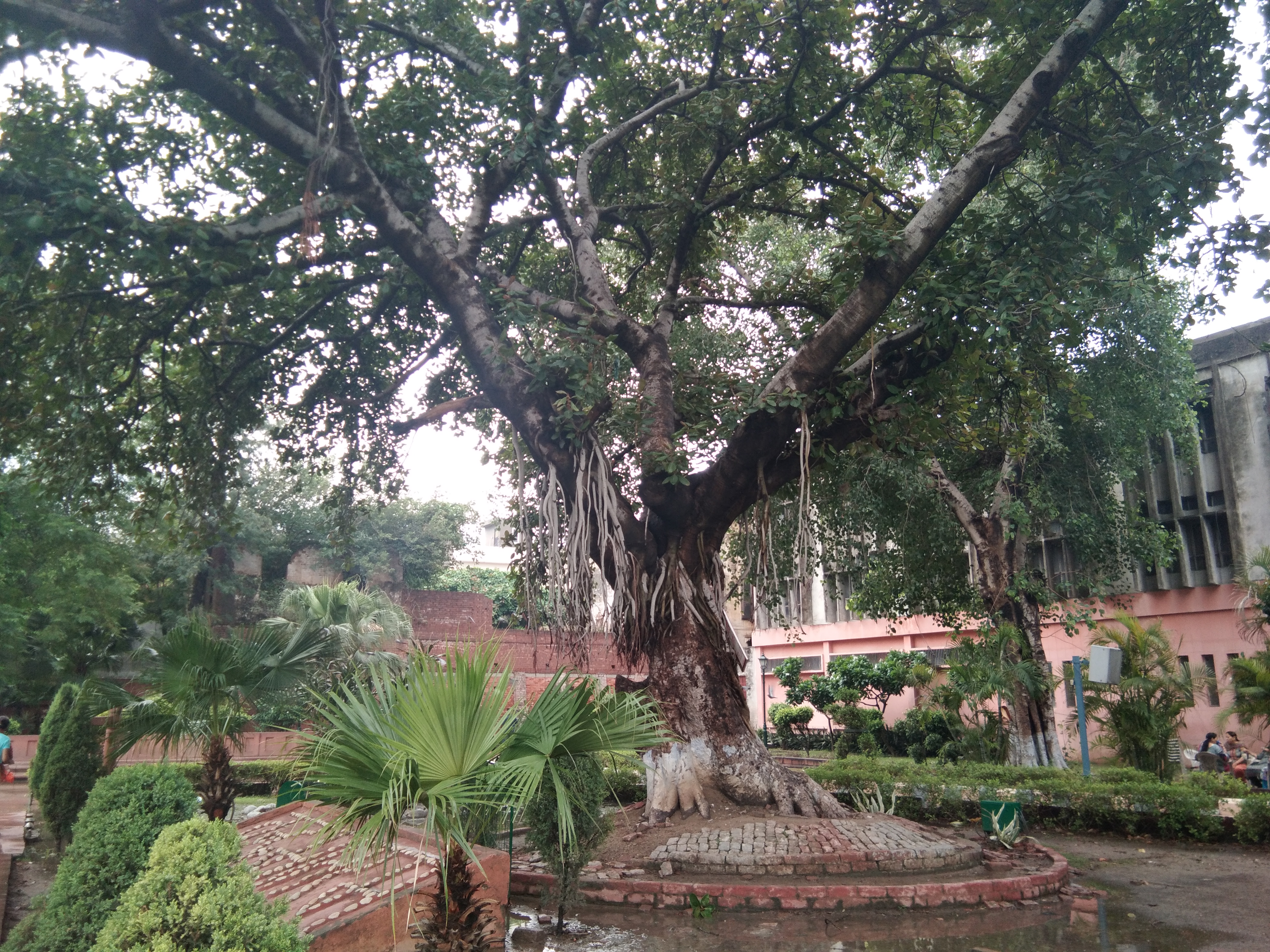
Jallianwala Bagh: The site of the infamous Amritsar massacre of April 13, 1919, which was a key event in India’s long non-violent struggle for independence from British control, the garden has been preserved as a monument. To anyone familiar with Indian history, standing at the site where the events of the day unfolded is a goosebump inducing memory, which instils remembrance of the country’s past and its rich legacy.
The Partition Museum: A sense of history, and the desire to prevent the tragic events of the past from repeating itself, pervades the Partition Museum. Here, through documentary, visual, audio-visual, and muti-media evidence, an attempt is made to document the human story of partition leaving an indelible impression on audiences. It is the only museum to tell the story of the largest migration in history, which changed the lives of 20 million people. At the end of the experience, visitors are encouraged to share their messages on the “Tree of Hope”.
Our Tip: The Partition Museum has been involved in producing literature that retells the story of partition. Its your best takeaway from the museum.
Maharaja Ranjit Singh Museum: The museum is set in the summer palace of Maharajah Ranjit Singh, which lies amidst the elegant Ram Bagh Gardens. It is a storehouse of Sikh history, art and culture in the eighteenth and nineteenth century.
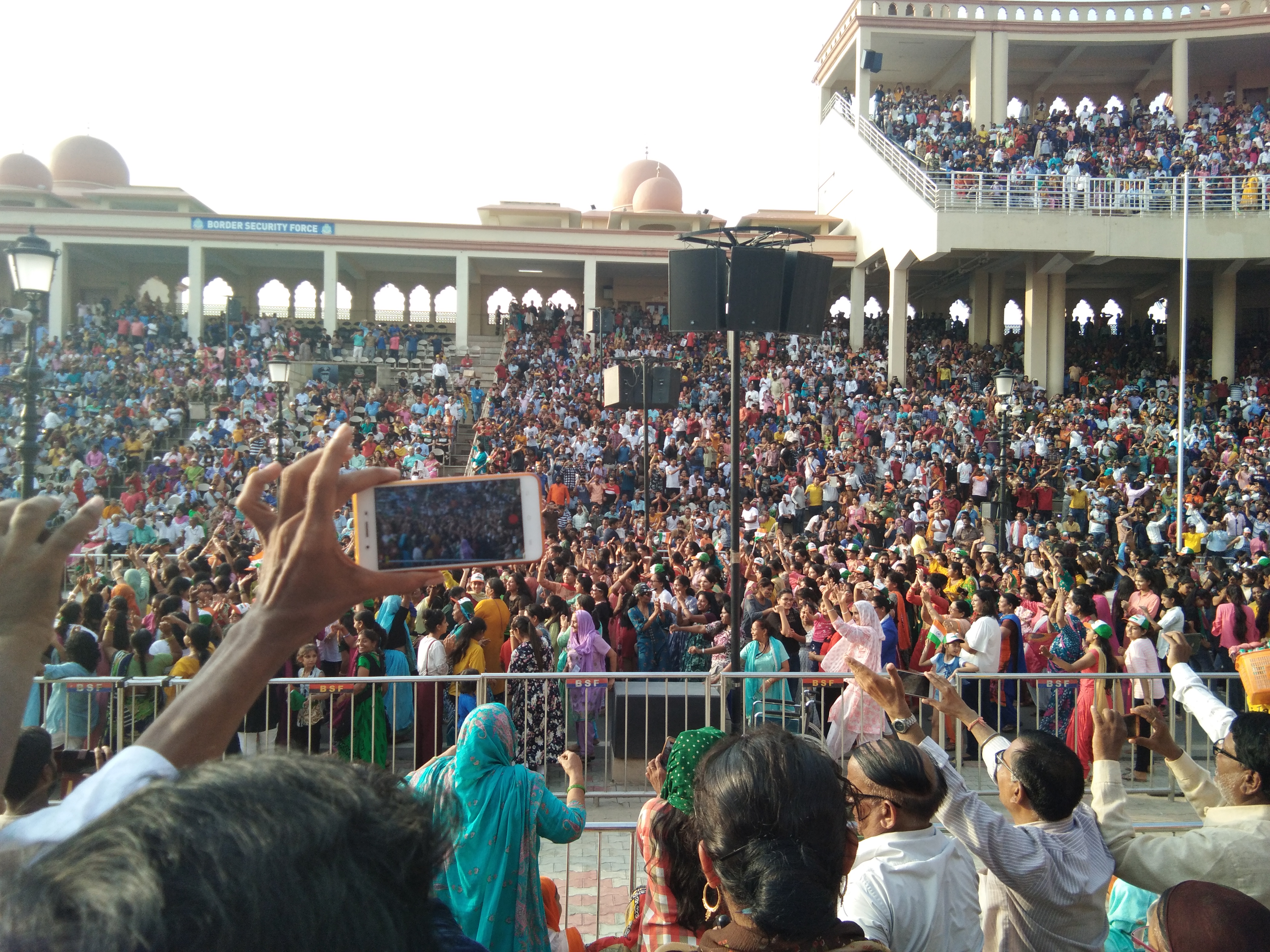
Attari-Wagah Border: The final pilgrimage for most travellers is the Attari-Wagah Border, which separates India and Pakistan. Before the partition of the two countries, it was not uncommon for children and young men to cycle from Amritsar to Lahore. But today, Attari is the last town on the Indian side. Now, tourists flock here to witness the magnificent Beating the Retreat, amidst other formalities, which have made an otherwise routine border crossing the site of a visual spectacle of ceremonies.
Our Tip: You could use an Ola cab to travel from Amritsar to the Attari-Wagah Border. On the way, we recommend you stop at Sarhad, a Food and Culture park that serves cuisine representative of the undivided Punjab.
WHAT TO DO
 A city is sometimes experienced through its food. Besides, its religious, political, and cultural history, it’s also Amritsar’s iconic eateries, often tucked away in the bylanes of the Old City, which make it unique. So, while a visit to the Golden Temple and the Attari Border is part of the Amritsar experience so too are its neighbourhood restaurants and tea shops. Established shortly in the aftermath of Partition, The Giani Tea Stall has been a favourite place for tea and breakfast among locals for the last 65 years. Closer to the Golden Temple, Bharawan da Dhaba has been popular among travellers here since 1912 for its authentic Punjabi cuisine. Slightly further away from the temple, Kesar Da Dhaba is another century old establishment sought out by travellers for the taste of Punjab. Finally, if you want to end the evening on a sweet note, Gurdaas Raam Jalebian Waala is the place for the best jalebis in town. Remember, don’t judge an establishment by its size in Amritsar. You will find the most nondescript shops sometimes have a hundred-year-old history.
A city is sometimes experienced through its food. Besides, its religious, political, and cultural history, it’s also Amritsar’s iconic eateries, often tucked away in the bylanes of the Old City, which make it unique. So, while a visit to the Golden Temple and the Attari Border is part of the Amritsar experience so too are its neighbourhood restaurants and tea shops. Established shortly in the aftermath of Partition, The Giani Tea Stall has been a favourite place for tea and breakfast among locals for the last 65 years. Closer to the Golden Temple, Bharawan da Dhaba has been popular among travellers here since 1912 for its authentic Punjabi cuisine. Slightly further away from the temple, Kesar Da Dhaba is another century old establishment sought out by travellers for the taste of Punjab. Finally, if you want to end the evening on a sweet note, Gurdaas Raam Jalebian Waala is the place for the best jalebis in town. Remember, don’t judge an establishment by its size in Amritsar. You will find the most nondescript shops sometimes have a hundred-year-old history.
What to eat: Kachoris and tea, made in Amritsari style, are a great way to begin the day. Nobody does better than the Giani Tea Stall. Two other hot Amritsari favourites are kulchas and laccha paraths with dal makhani. Both Bharawan da Dhaba or Kesar Da Dhaba are renowned for their laccha paraths with dal makhani. But the best thing to try at Bharawan da Dhaba is its thali, which gives you a sampling of the diversity of Punjabi cuisine. Wash it down with a glass of lassi made in Punjab. Finally, while most of the food around the Golden Temple is vegetarian, Amritsar and Punjab also excel at their fish preparations. This is another well-kept secret of Amritsari cuisine. Make sure to experience it in when you are in the city.
What to buy: A great takeaway from Amritsar are Pashmina shawls. But if you would like to buy apparel or footwear representative of Punjab, try the Patiala salwar or the Punjabi jutti. Where it comes to items for your kitchen, Punjabi ghee is much sought after. But if you just want a quick takeaway, buy a kilogram of jalebis from Gurdaas Raam Jalebian Waala.
Getting around: The traditional, easiest and cheapest way to commute in the Old city is in a cycle rickshaw. Otherwise, Olas are available too. But they are more suitable to commute between the Old City and the modern parts of the new city.
Where to stay: While most of the monuments are in the Old City, accommodation may not always be comfortable here. We recommend living in the new city and commuting to the Old City to explore Amritsar.
The best time to visit: The Winter months of November to June are considered the best time to visit Amritsar. However, temperature could drop as low as 4 degrees centigrade. Compare this to the summer months when temperature soars up to close to 50 degrees centigrade.
How to get there: Amritsar is connected to India by rail, road, and air. So, you could use any of the three options, based on the city from which you make your departure.
Content and photo credit: Christina Daniels
Amritsar Rating & Reviews





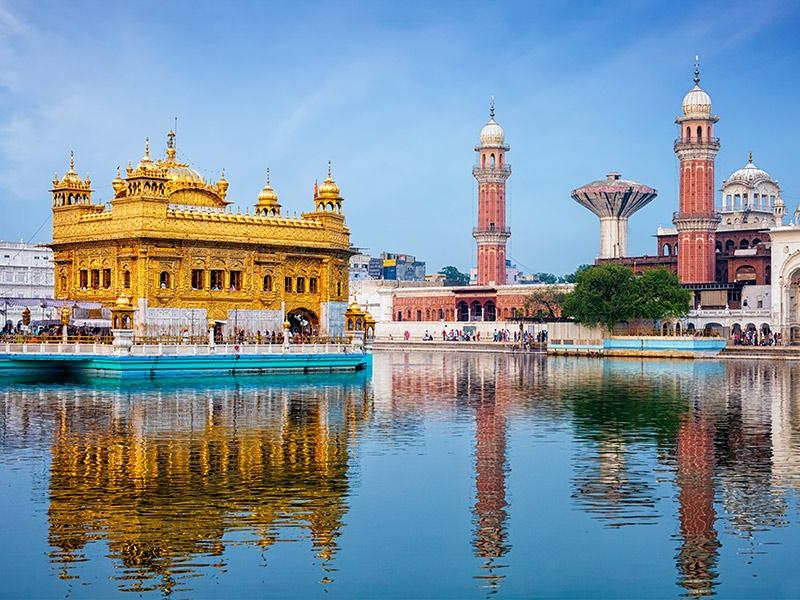
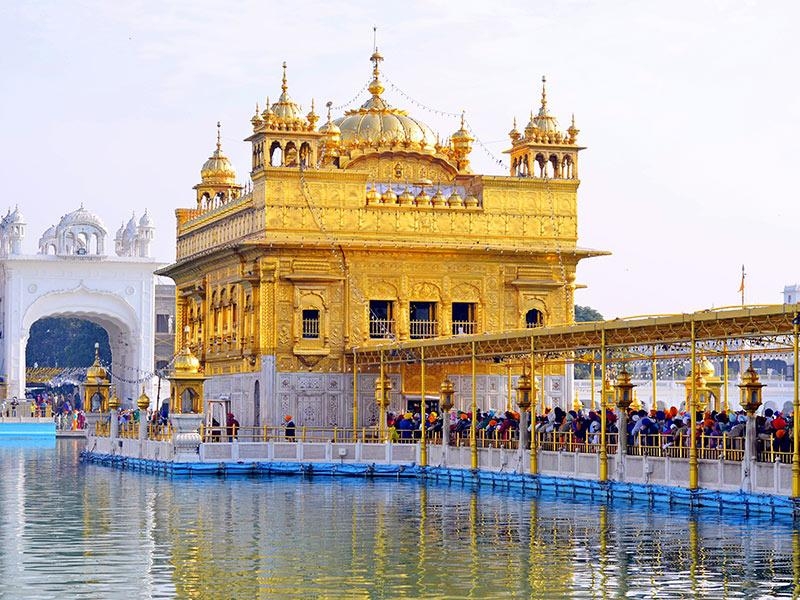
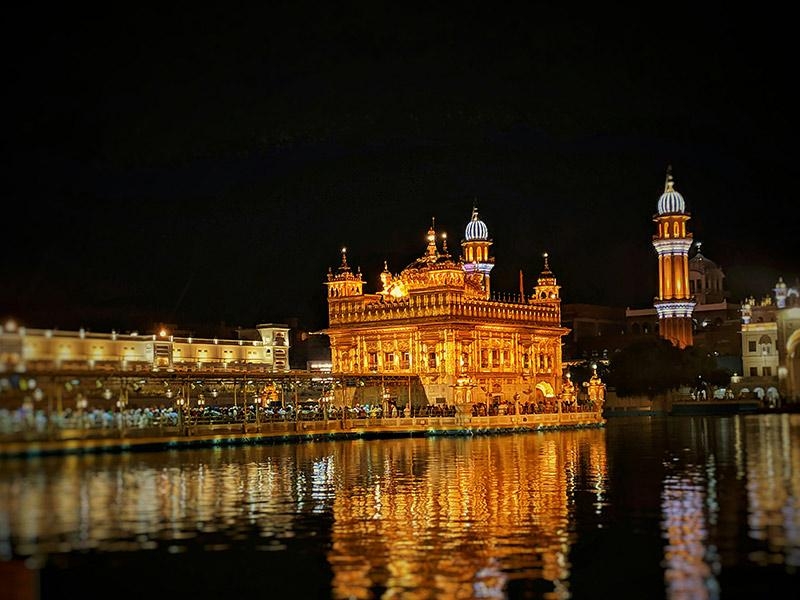
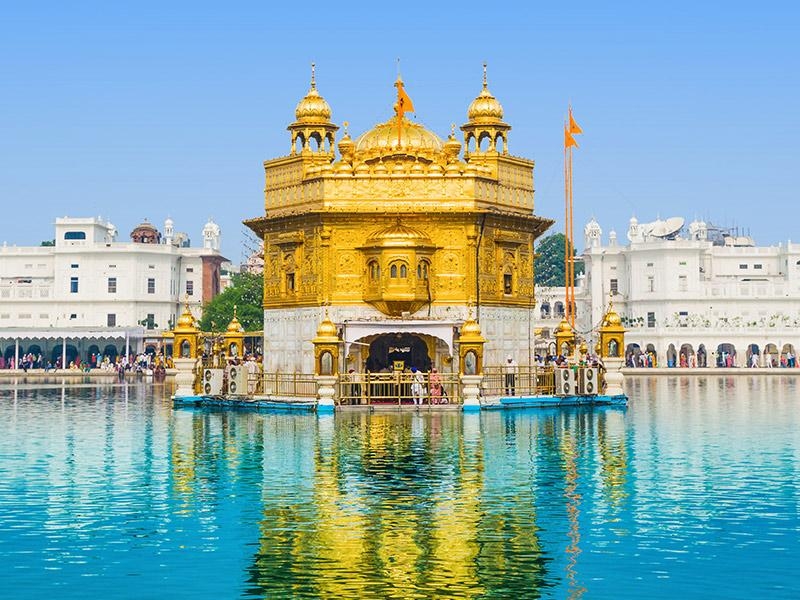
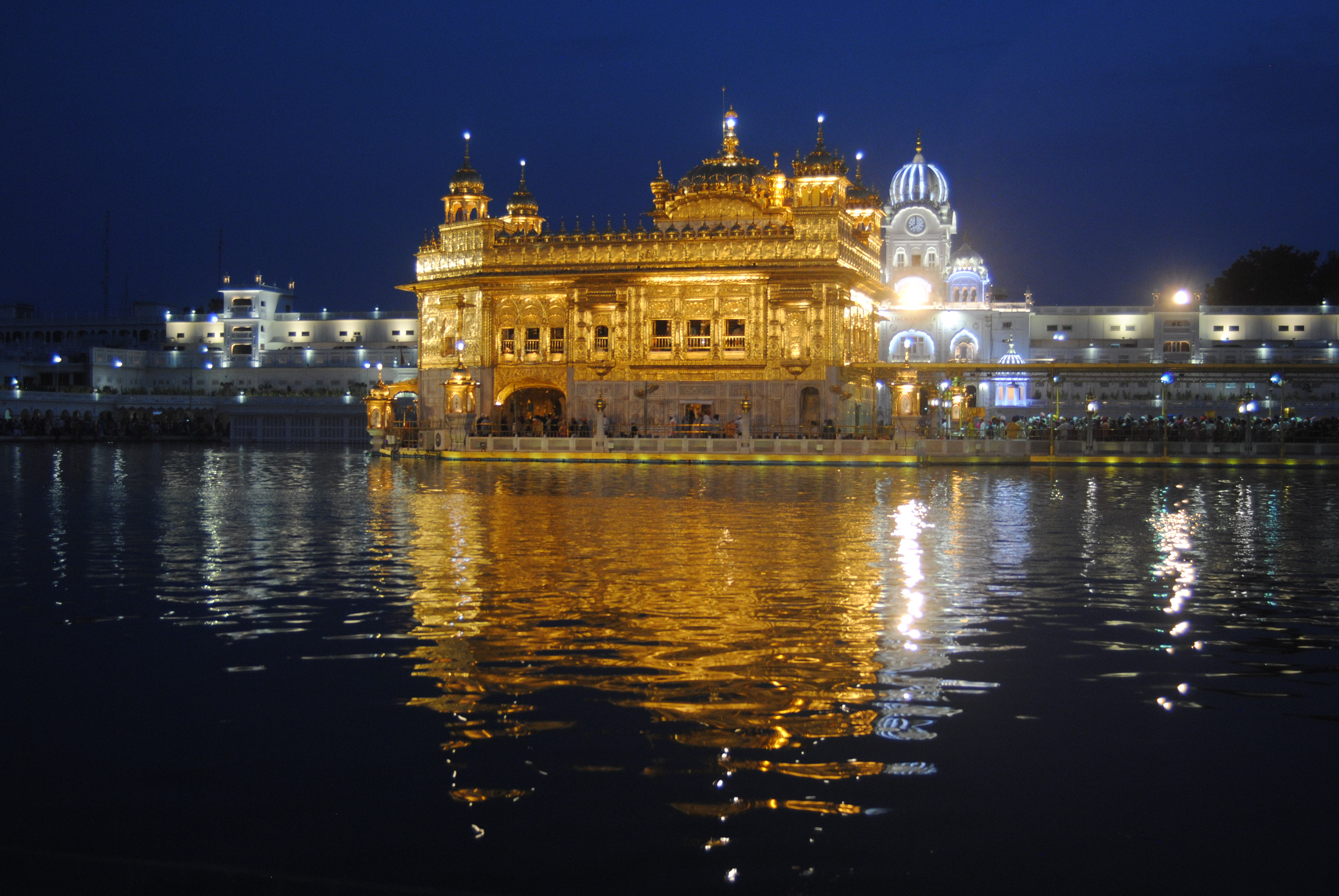
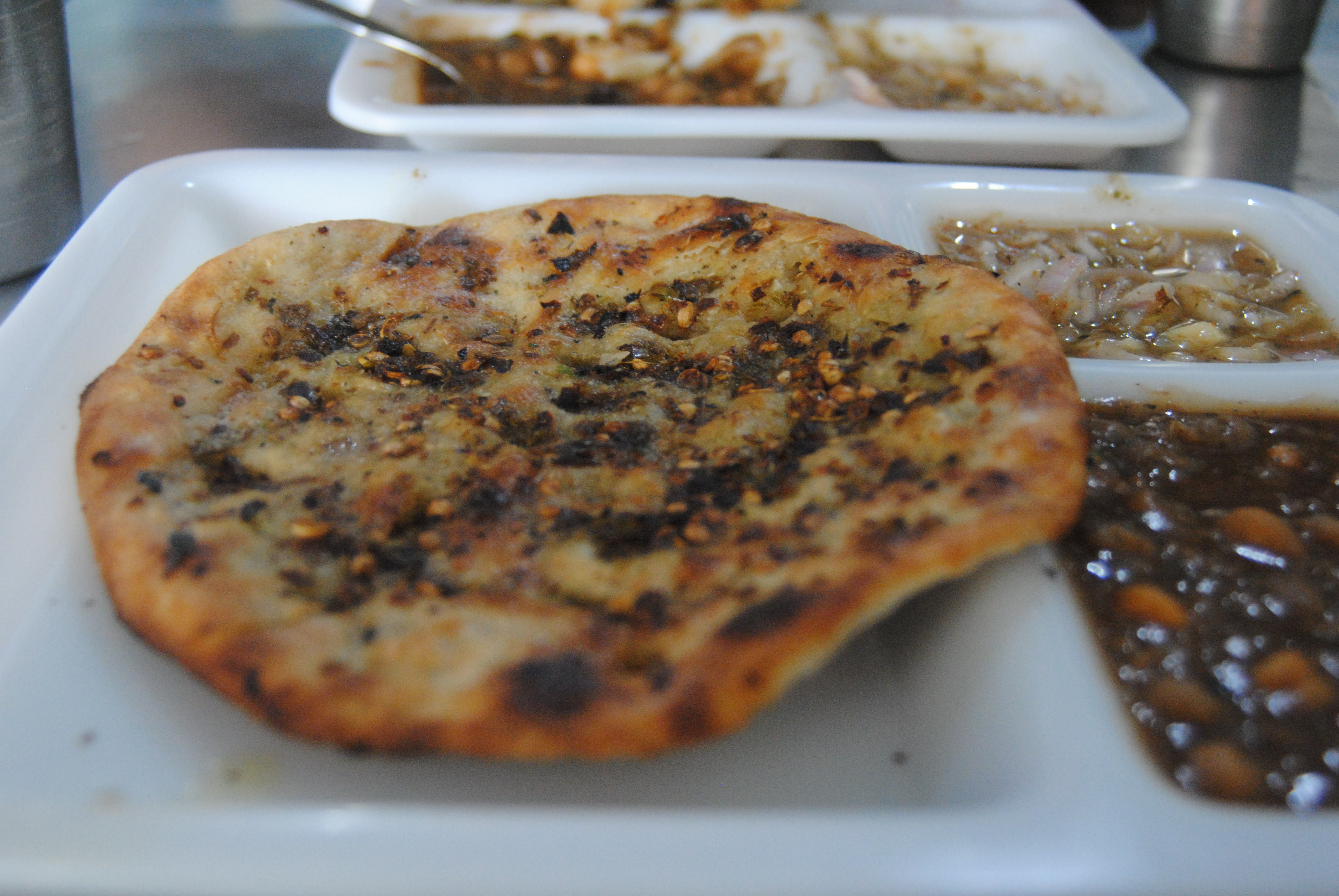
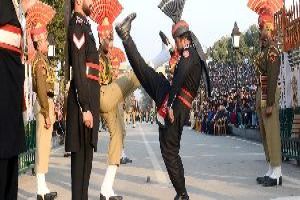
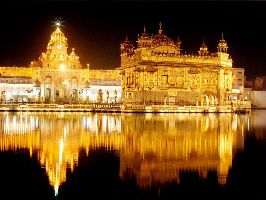
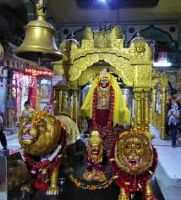
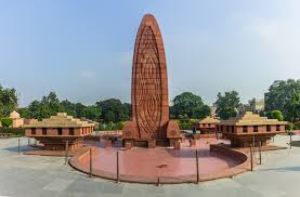
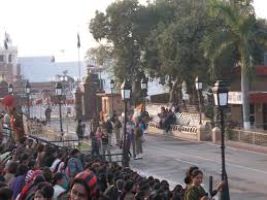
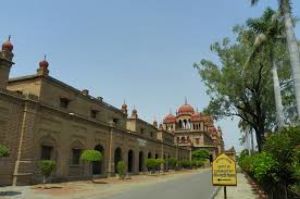
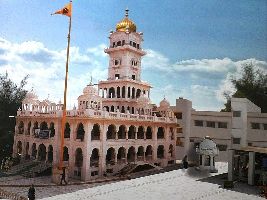
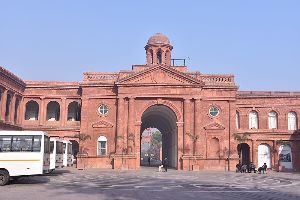
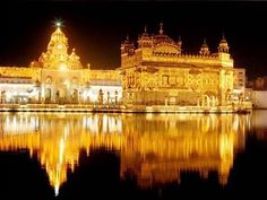
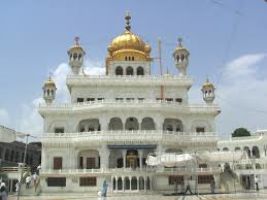
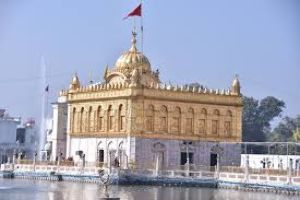
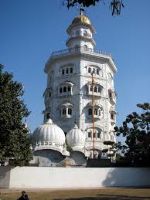
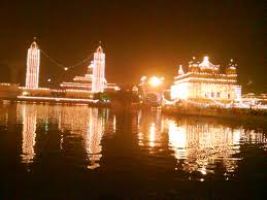
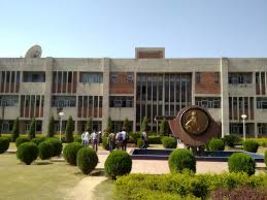
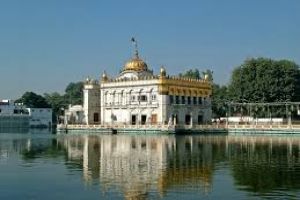

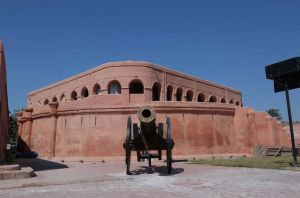
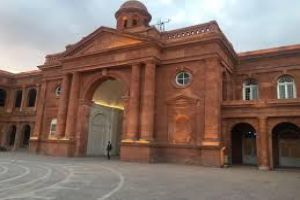

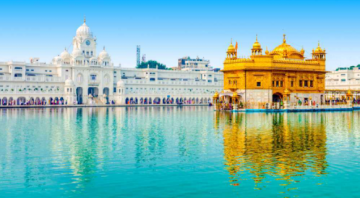
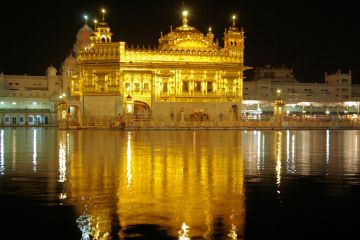
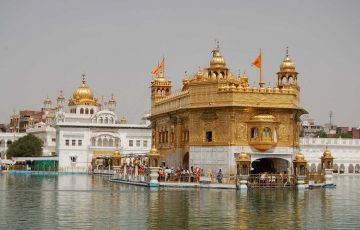

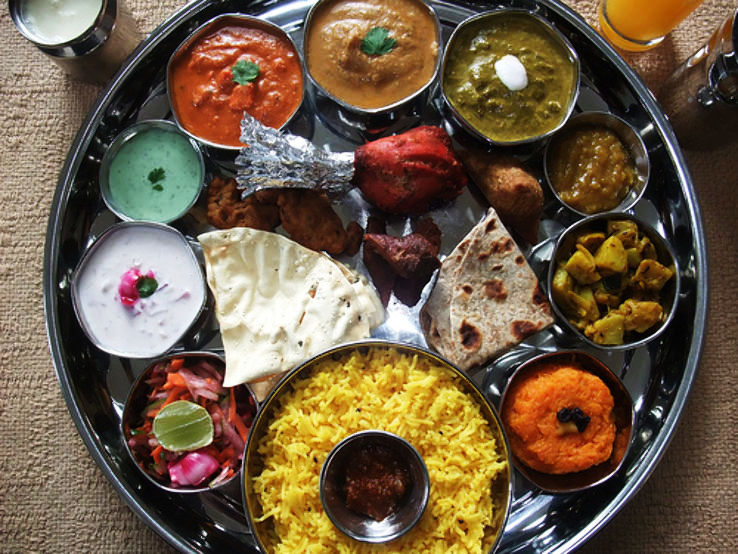
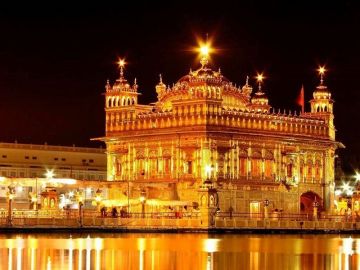

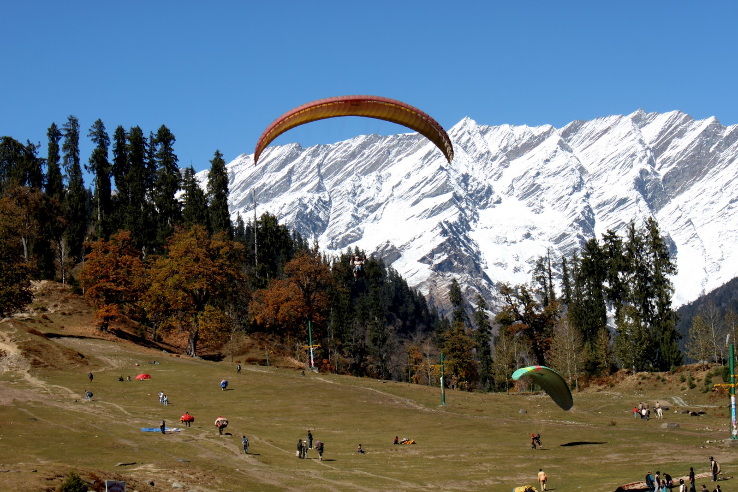
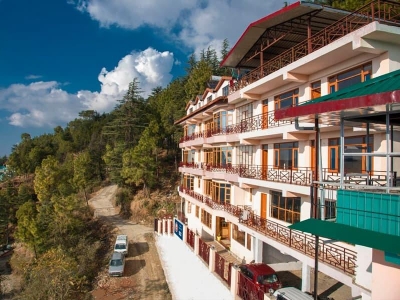

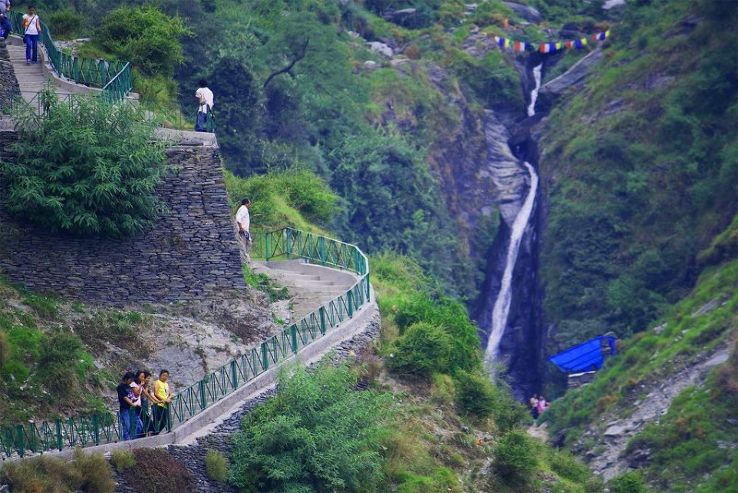

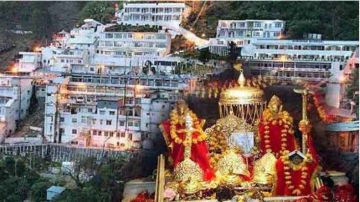
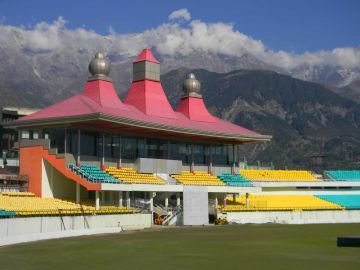





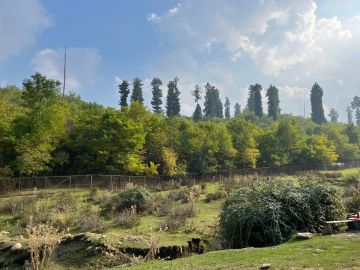
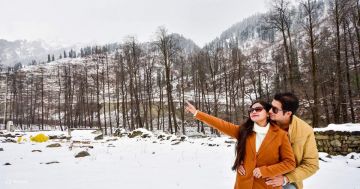
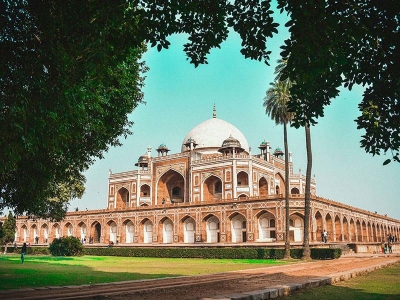
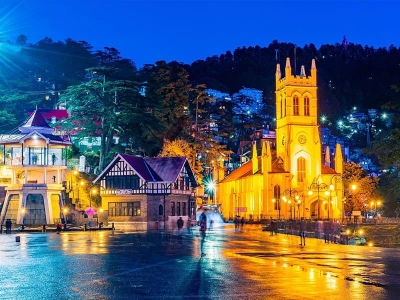
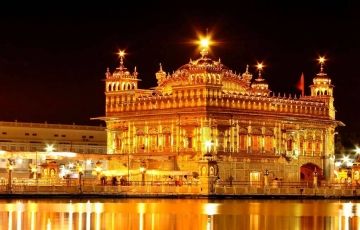
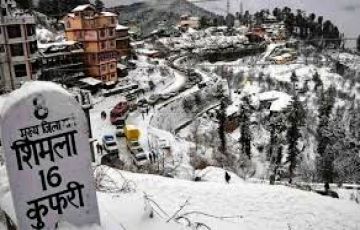

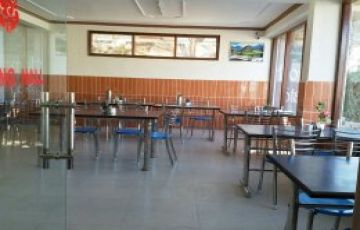
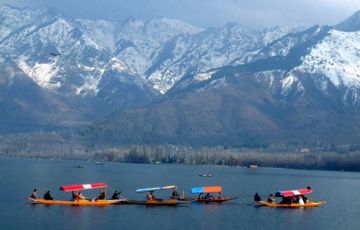
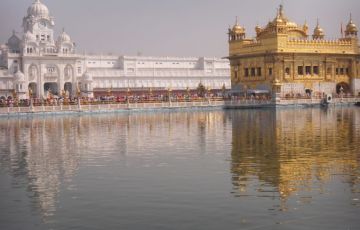

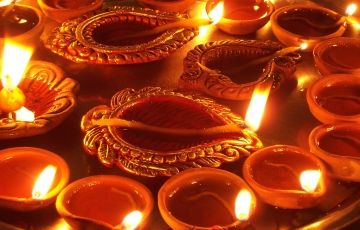
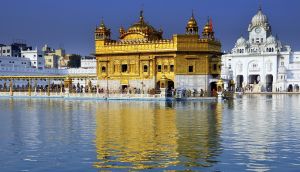



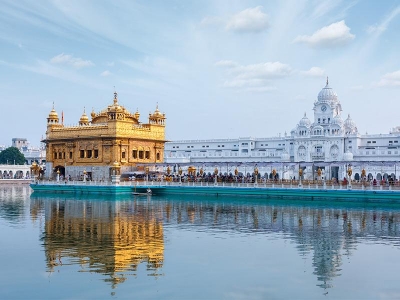
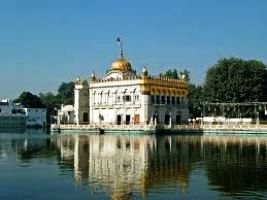
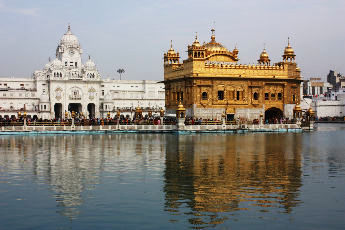
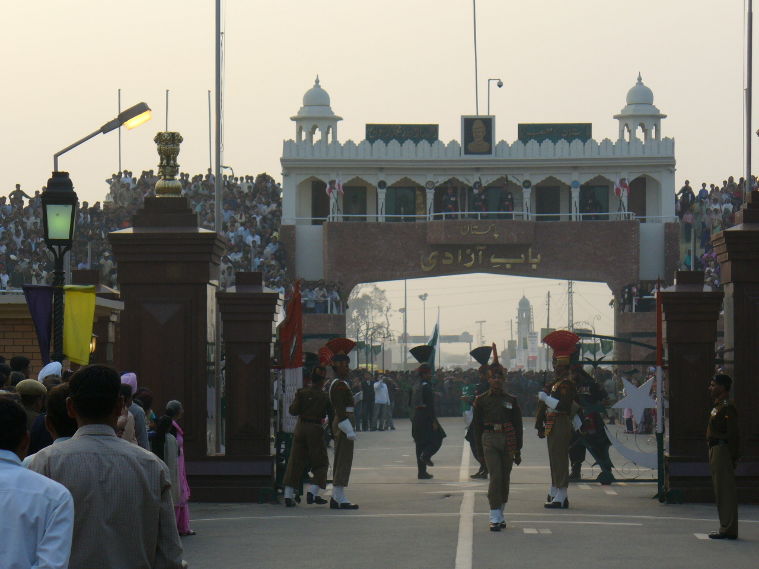
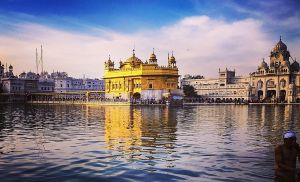
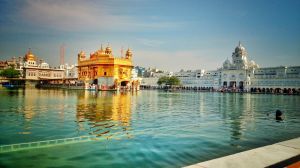
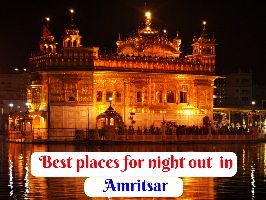



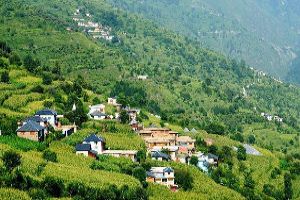
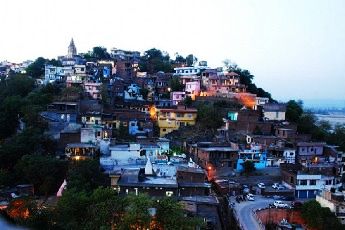

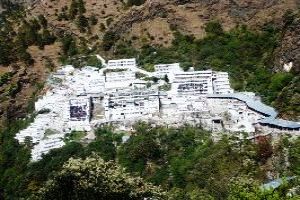
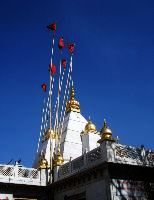
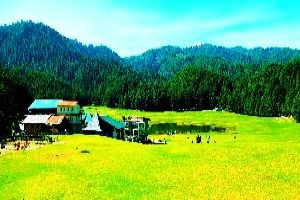
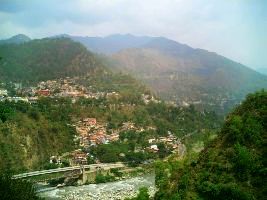
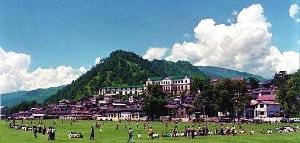
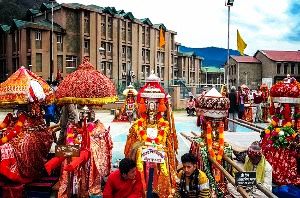
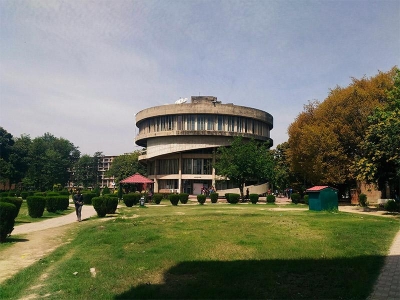
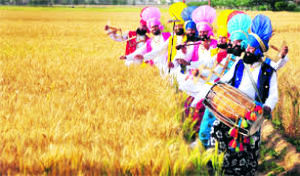
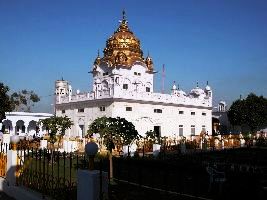
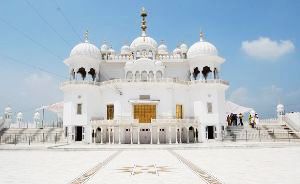
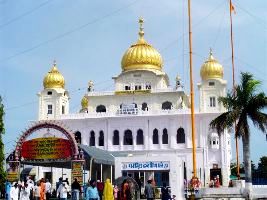
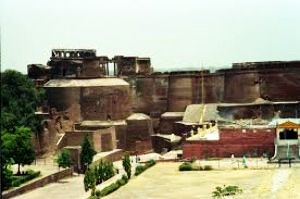
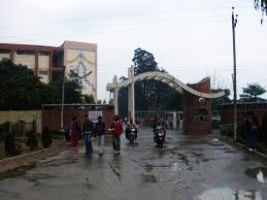
_1513709899m.jpeg)
